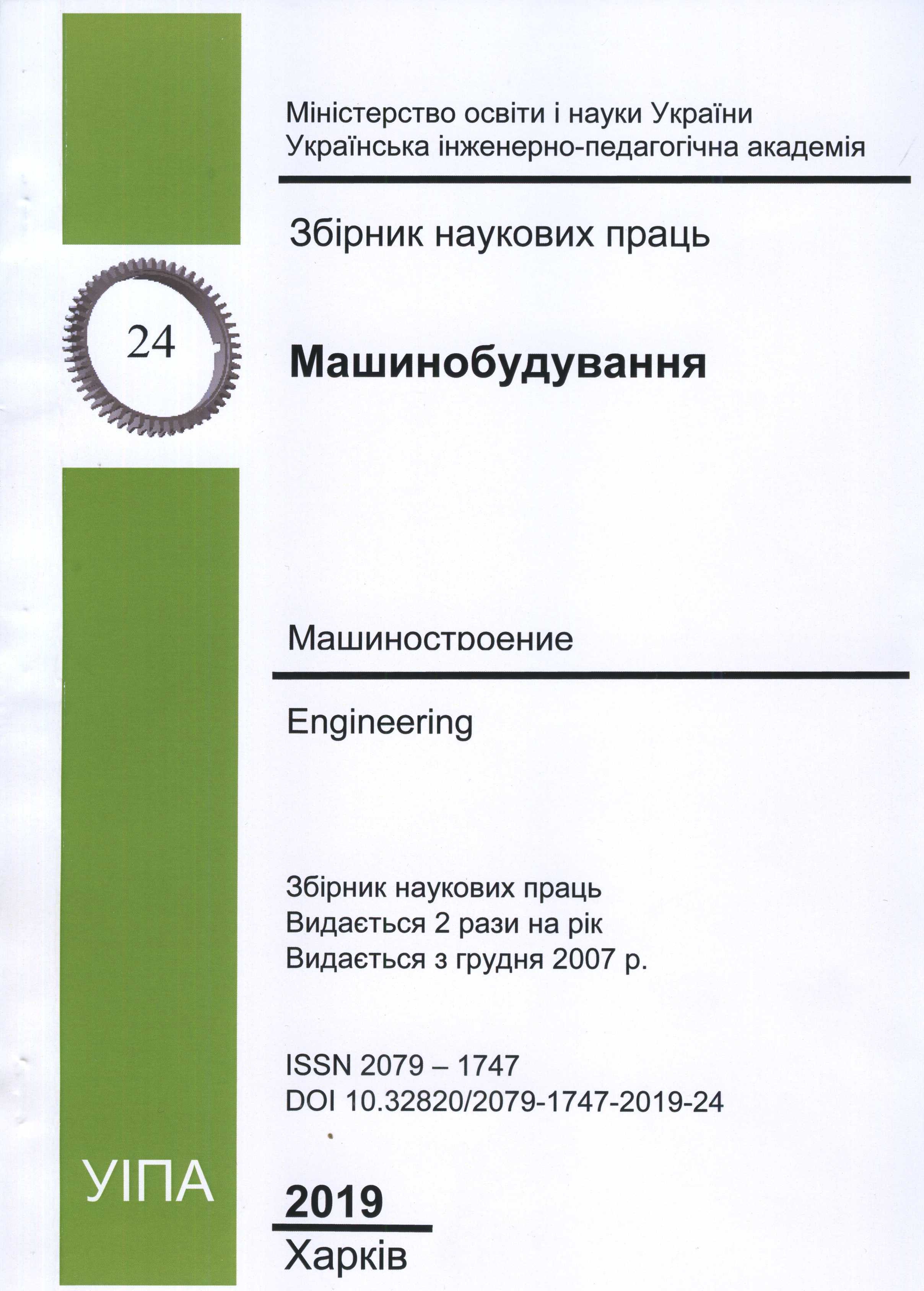About quality intervals in assessing the manufacturing technology of products by the accuracy parameter of linear size
Abstract
DOI: https://doi.org/10.32820/2079-1747-2019-24-86-91
Among the issues of ensuring product quality, an important component is the assessment of the quality of its manufacturing technology.
The quality of technology is assessed by the quality of the products received. One of the indicators of the quality of engineering products is the linear size of the parts. Any product can be produced using various technologies, but each of them provides not the same quality. High quality is accompanied by increased costs, which in a competitive market is not always acceptable for manufacturers.
Depending on the needs of the manufacturer regarding quality, it becomes necessary to identify a technology that provides the desired quality. The issues of creating a tool for assessing the quality of manufacturing parts by the accuracy of size to determine the gradation of the quality of technology are considered. It is proposed to introduce assessment of technology with intervals of quality.
The research used the theoretical apparatus of probability theory and mathematical statistics. The use of a general model of the distribution of the linear dimensions of parts and the found estimates of its parameters is proposed.
It is shown that the proposed model has three different forms of distribution density with the same theoretical range of estimates of the upper and lower sizes and with the same number of measurements. These forms can identify the quality of technology as high, medium, and low.
Based on the calculations obtained, a gradation system is constructed that determines, for a given volume of measurements, a qualitative characteristic of the technology for manufacturing products.
Using the proposed results makes it possible to analyze the quality of the manufacturing process of products with an increase in their volume. The results obtained allow us to find an estimate of the appropriate amount of manufacturing products with the desired quality. The conducted studies help in resolving issues of quality management of engineering products.
Downloads
References
Kurniati, N. & HueiYeh, R. & JangLin J. 2015, ‘Quality inspection and maintenance: the Framework of interaction’, Procedia Manufacturing, vol. 4, pp. 244–251.
Abdullah, M. & Tari, J. 2012, ‘The influence of ST and HT quality management practices on performance’, Asian pacific management review, vol. 17, no. 2, pp. 177–193.
Costa, M. & Lorentes, A. & Choi, T. 2008, ‘Simultaneous consideration of TQM and ISO 9000 on performance and motivation: an empirical study of Spanish companies’, International Journal of Production Economics, no113, pp. 23–39.
Samson, D. & Terziovski M. 1999, ‘The relationship between total Quality management practices and operational performance’, Journal of Operations Management, vol. 17, no. 4, pp. 393–409.
Jiang, W. & Farr, J. 2007, ‘Integrating SPC and EPC Methods for Quality Improvement’, Quality Technology & Quantitative Management, vol. 4, no. 3, pp. 345 – 363.
Zhang, Z. & Waszink, A. & Wijngaard, J. 2000, ‘An instrument for measuring TQM implementation for Chinese manufacturing companies’, International Journal of Quality & Reliability Management, vol.17, no.7, pp.730 – 755.
Lamnauer, N. 2008, ‘Prohnozuvannia tekhnolohichnoi sobivartosti yakisnykh vyrobiv’, Kommunal'noe hozyajstvo gorodov. Nauchno-tekhnicheskij sbornik, Ser.: ekonomicheskie nauki, no. 85, pp. 390 – 397.
Lamnauer, N. 2011, ‘Kontrolnaya karta dlya razlichnyih kvalitetov tochnosti’, Skhidno - Yevropeiskyi zhurnal peredovykh tekhnolohii, no. 3/7(51), pp. 23-26.
Lamnauer, N. 2012, ‘Model raspredeleniya razmerov szdeliy i yeye primeneniye dlya ocenki tochnosti obrabotki’, Visnyk Natsionalnoho tekhnichnoho universytetu “Kharkivskyi politekhnichnyi instytut”, Ser.: Matematychne modeliuvannia v tekhnitsi ta tekhnolohiiakh, no. 27, pp. 98-107.
Lamnauer, N. 2013, ‘Zagalna model raspredeleniya liniynih rozmiriv detaliy ta yiyi zastosuvannya dlya polipshennya yakosti virobiv’, Visnyk Natsionalnoho tekhnichnoho universytetu “Kharkivskyi politekhnichnyi instytut”, Ser.: Matematychne modeliuvannia v tekhnitsi ta tekhnolohiiakh, no. 54, pp. 134-143.


